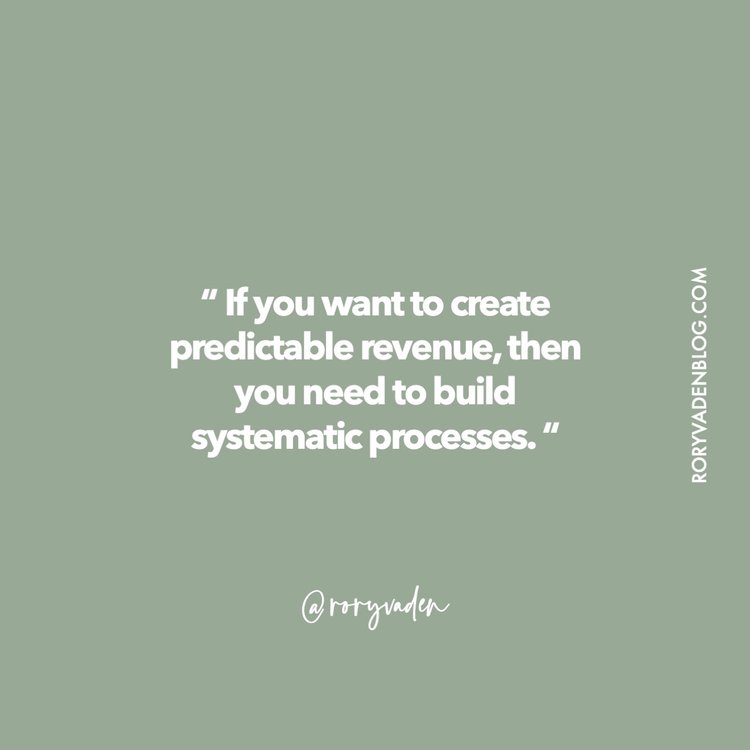The Richest Person in U.S. History
When you think of the richest person in the world, who do you think of?
You might think Jeff Bezos, Warren Buffett, Elon Musk, Bill Gates, or someone like that, but actually, none of those are considered the richest in American history.
The richest individual in American history was John D. Rockefeller.
In 1937, John D. Rockefeller was the first billionaire ever. He had $1.4 billion, which was 1.5% of the US GDP.
So according to that metric, he was, and still is, the richest individual in American business, and economic history.
You’ve probably heard of him, but what you probably have not heard is the way that he became wealthy.
We know it was through oil, but he also leveraged a strategy called the “Theory of Constraints”.
The Theory of Constraints

What is the Theory of Constraints?
The Theory of Constraints says that you identify the single most limiting factor of something and systematically improve that one point to boost the throughput of everything else.
In a word, it’s a bottleneck.
If you can improve the bottleneck, you can improve the performance of the entire system.
Rockefeller did not invent the strategy, he just deployed it.
In fact, he deployed it in reverse.
By the year 1890, Rockefeller’s company, Standard Oil of Ohio, was already making a lot of money.
Their strategy included buying out all their competitors.
As for the people who refused this, Rockefeller enforced the buyout by leveraging the Theory of Constraints in reverse.
Instead of releasing bottlenecks, he created bottlenecks on his competitors.
He would buy up all the barrels used to transport oil so the smaller companies couldn’t get it.
He owned the barrels, therefore he blocked their pipeline.
He was also friends with the people who own the railroads, so he would leverage those relationships to limit the number of trains that would go to the places that those other companies needed them to go.
He was cutthroat and he created bottlenecks.
He knew that while he couldn’t control competitors, he could find the point of vulnerability and squeeze on it, it would create a bottleneck.
These bottlenecks prevented other people from being able to do what they do.
This is known as the Theory of Constraints. In Rockefeller’s case, he was applying it in reverse.
Max Potential Vs. Bottleneck Capacity
To summarize, the Theory of Constraints states that the capacity of the bottleneck is what determines the performance of the entire pipeline.
Imagine any pipeline…
In Rockefeller’s case, that was moving oil, but it could also be a sales pipeline, a marketing pipeline, or a production pipeline.
Imagine that the capacity of the pipeline when it’s operating at its full efficiency is 80 units, but if the bottleneck’s capacity is only 50 units, then that affects the entire pipeline.
Even if the throughput potential is 80 units, if the bottleneck capacity is only 50 units, then the performance of the entire pipeline is 50 units.
So the fact that it has the potential to operate at 80 units is irrelevant, because it’s restricted by what the capacity of the bottleneck is.
Let’s say you have another pipeline that has a maximum capacity of 70 units and its bottleneck capacity is 60 units.
That means the throughput performance is 60 units.
The fact that this second pipeline has less throughput potential is irrelevant.
Even though it has less potential, it has a higher performance because the capacity of the bottleneck is higher.
The key to high performance is not just growing the capacity of the majority of the pipeline, but it’s trying to eliminate the pipeline’s bottlenecks.

















